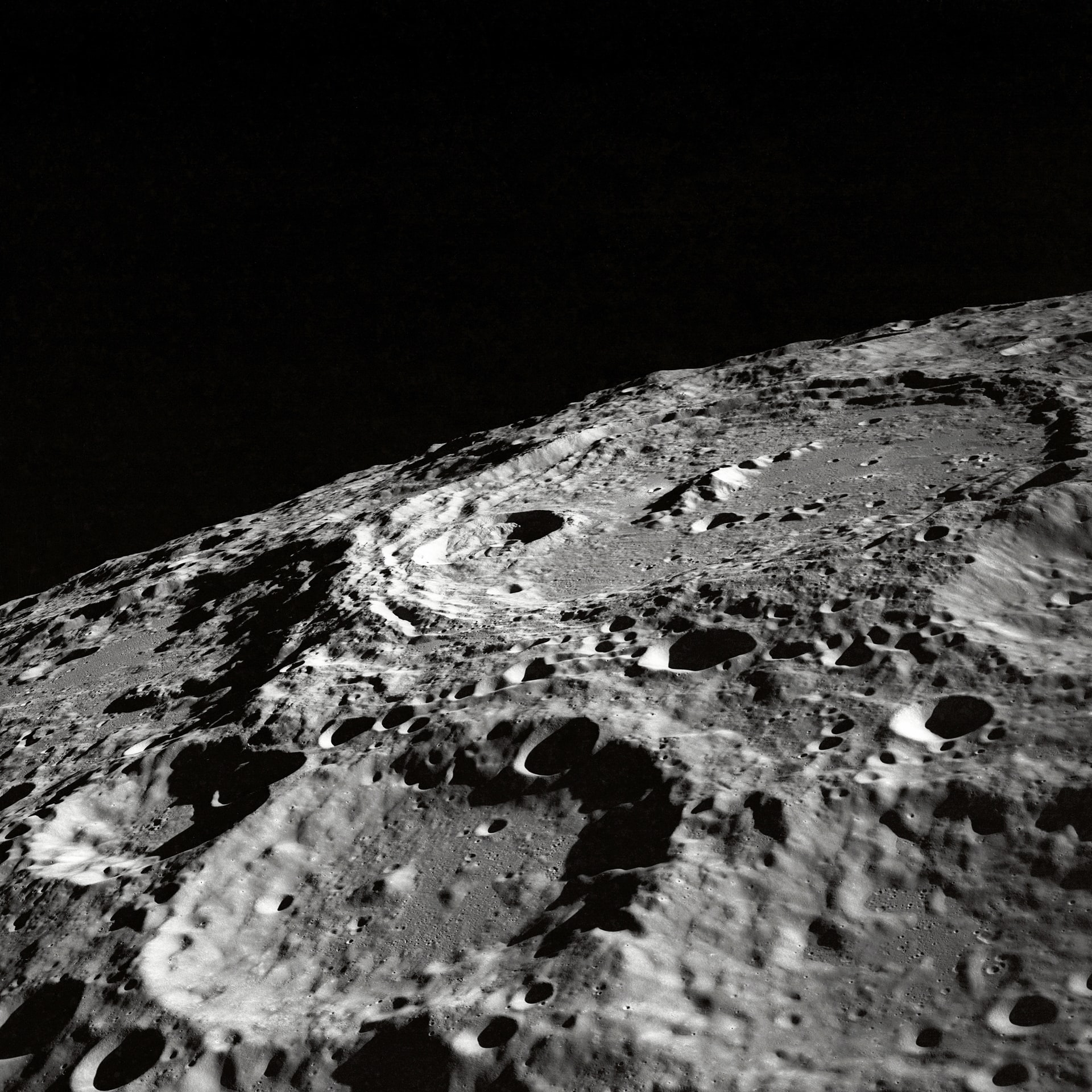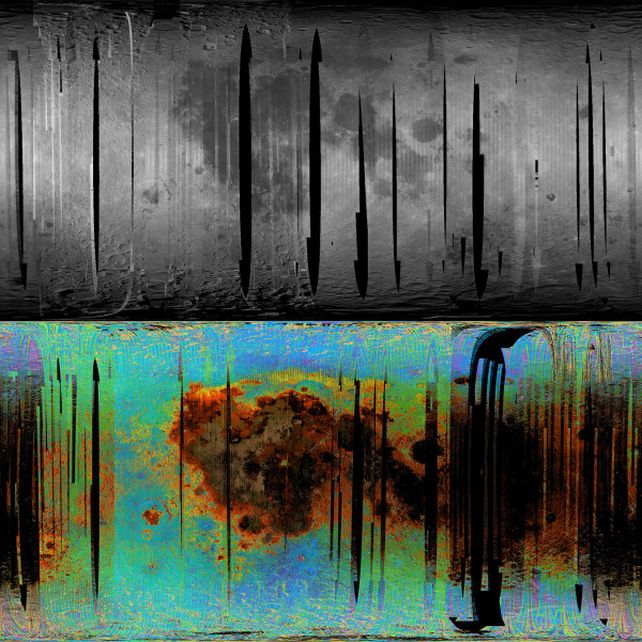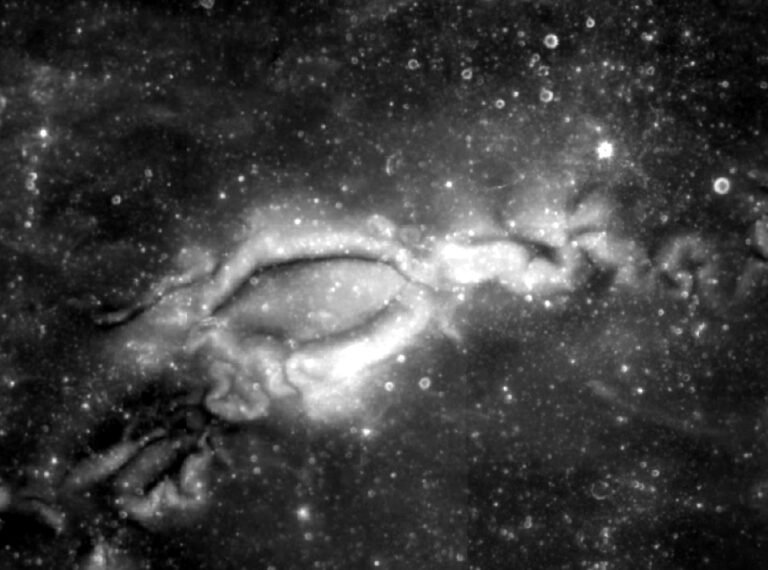New research shows that water and hydroxide (OH) can be found almost everywhere on the Moon – even in places where the Sun shines brightest. This is an important discovery not only for understanding the geology of the Moon, but also for future astronaut missions.

Previously, it was thought that large deposits of water might be only in the polar regions of the Moon, particularly in shaded craters – that is, places that don’t get sunlight. However, new evidence suggests that water may be available even near the equator. Planetary scientist Roger Clark notes that such regions could become important for research and providing astronauts with water in the future.
Although the Moon looks dry, with no rivers or lakes on its surface, there is water on it, and it is hidden in the minerals. Studies by the Moon Mineralogy Mapper (M3) instrument on the Chandrayaan-1 spacecraft confirm the presence of water and hydroxide in various locations on the Moon. These molecules are bound in rocks and appear after meteorite impacts.

Water on the Moon’s surface appears during the formation of craters, but is gradually eroded by the solar wind. This process leaves behind hydroxide, which can also be formed by solar hydrogen combining with oxygen on the Moon’s surface.
The researchers also found that water flecks in pyroxenes (igneous rock) change depending on the angle of sunlight. Initially, they were interpreted as a sign of water movement on the surface of the Moon, which confused scientists, because it is impossible. Finally, the mystery was solved.

In addition, maps of the moon’s surface have provided more information about so-called lunar swirls – mysterious swirling patterns that have very low water content. The discovery may help unravel their origins.
So, new evidence suggests that water can be extracted from hydroxyl minerals in future lunar missions. This could be key to providing astronauts with resources right on Earth’s moon.
Earlier we reported on what technology would help astronauts have water on the Moon.
According to Science Alert


